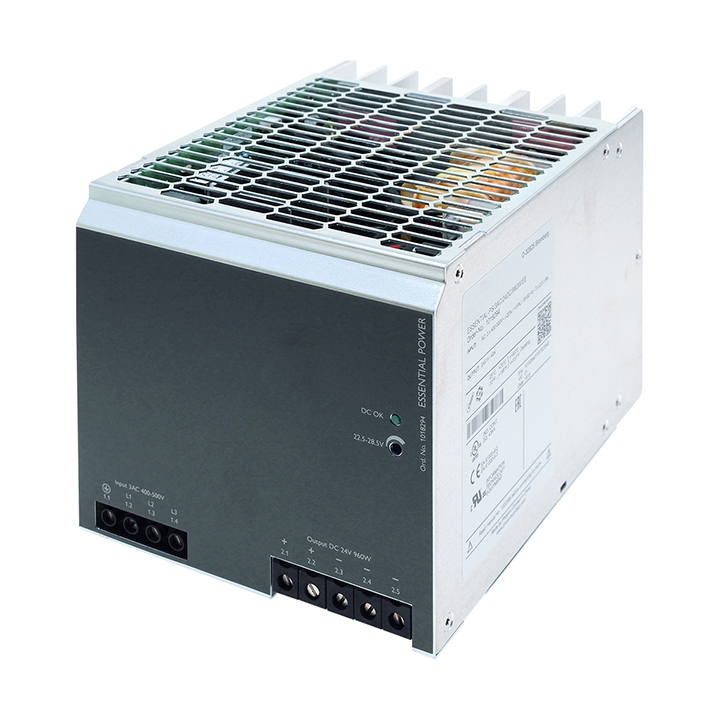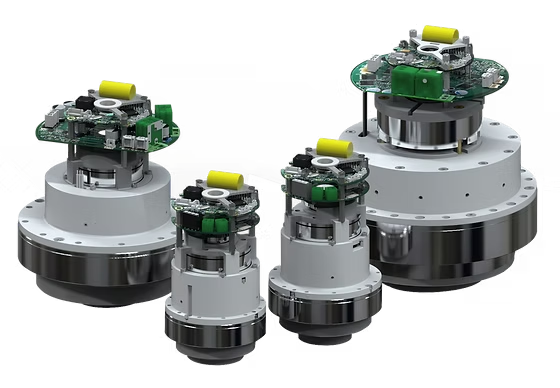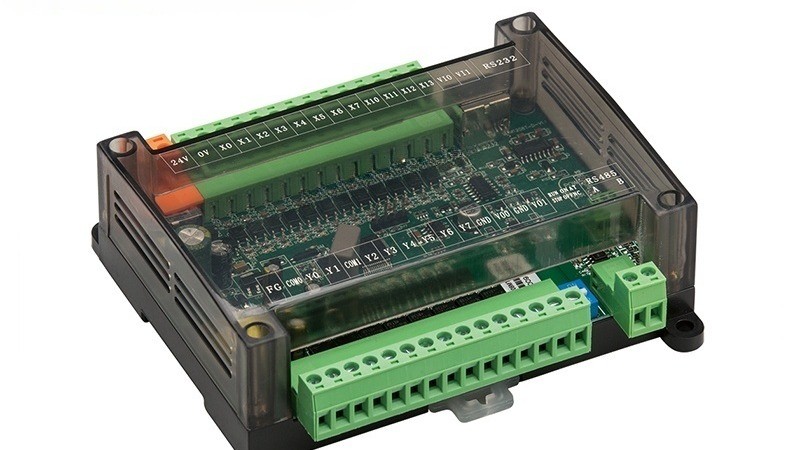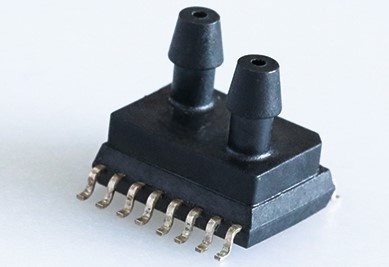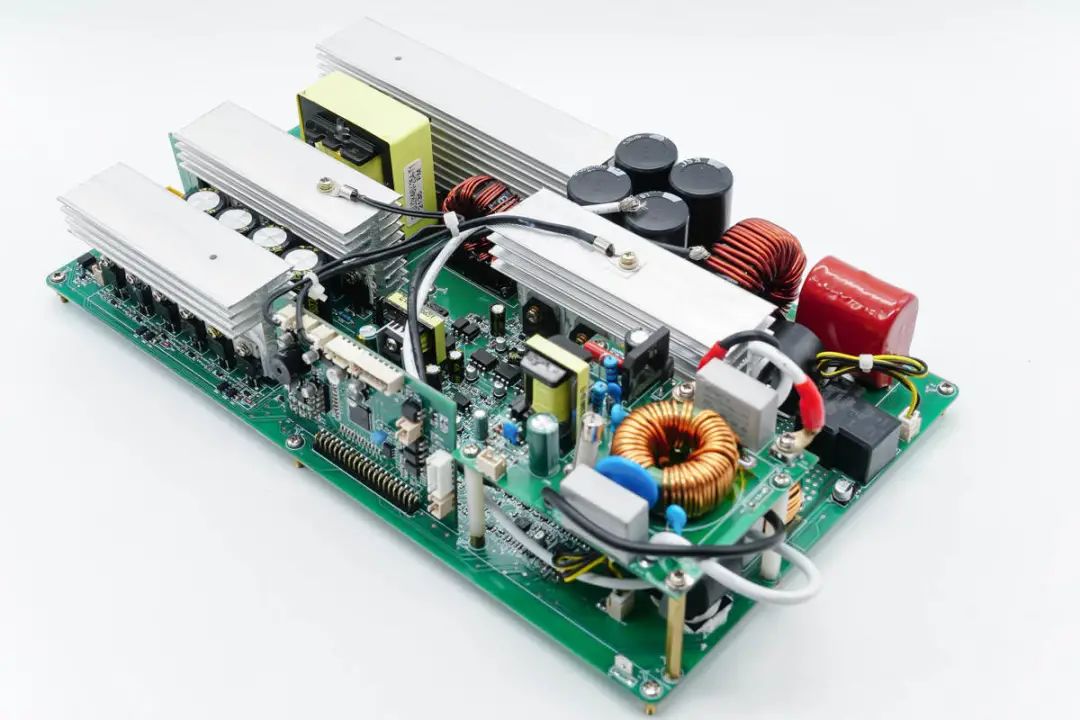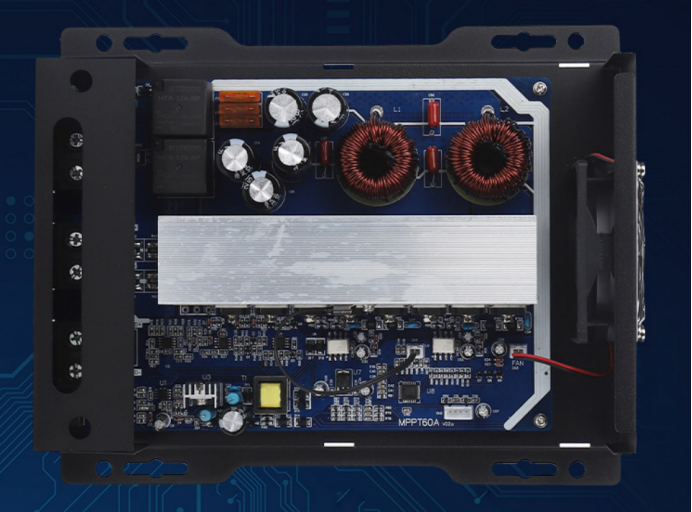1. Background A European industrial automation customer was developing a power supply module for control systems, requiring high stability, conversion efficiency, and EMC compliance to ensure performance in demanding industrial environments. After evaluating several suppliers, the customer sought a reliable PCBA manufacturer with proven quality control and customization capabilities. 2. Application Scenario The power supply […]
1. Background Overview Under the accelerating global trend of industrial automation, a client from Europe aimed to develop a servo drive product with high dynamic response, high-precision control, and high integration for their next-generation industrial automation equipment. After evaluating multiple suppliers, the client ultimately chose to collaborate with KKPCB, seeking a one-stop customized service from […]
1. Customer Requirements
Application: Industrial robotic joint drive control
Key Challenges:
Integrate 16-channel PWM control + current sampling within 80mm × 60mm
Excessive MOSFET temperature rise (>30°C @20A), causing throttling
Compliance with IEC 61000-6-4 (Industrial EMC Standard)
1️⃣ Background Overview With the tightening of global environmental regulations and the upgrading of industrial water resource management needs, sewage treatment plants of customers in Europe, America and the Middle East are in urgent need of highly reliable and extreme environment resistant automation control systems. Traditional PLC modules have pain points such as frequent signal […]
— High-Performance Drive Control Board Empowering Industrial Control Systems 1. Background Overview A customer from the Middle Eastern region, engaged in industrial control system integration, planned to develop a two-phase open-loop stepper motor driver for use in precision mechanical control applications. The project required a control board (PCBA) with high stability, strong interference resistance, precise […]
1️⃣ Background Overview Global medical equipment is accelerating its intelligentization, and the requirements for the accuracy and reliability of pressure sensors in ventilators continue to increase. A Middle Eastern medical equipment manufacturer plans to upgrade its ventilator airway control system, which requires a differential pressure sensor module that can operate stably in a high temperature and […]
Project Background A manufacturing plant in California sought to reduce electricity costs through a distributed rooftop solar system while enhancing its green and sustainable corporate image. With ample rooftop space available, the company required a highly efficient MPPT solar controller capable of maximizing solar energy utilization and ensuring stable operation. ⚡The Role of PCBA Technology […]
Optimizing Small Wind Turbine Inverters: Enhancing Stability & Reliability Customer Background & Market Demand Germany is a global leader in renewable energy, with its Energiewende (energy transition) policy driving widespread adoption of distributed wind power for rural electrification, industrial parks, and off-grid energy solutions. Small Wind Turbines (SWTs) have become an essential power supply option […]
Basic soldering guide on how to solder electronic components to a printed circuit board (PCB). This is a detailed and complete soldering guide for both automated soldering in mass production and manual soldering in PCB rework and repair.
The lower thermal resistance between the BGA package and the PCB components is another advantage of this type of package. This allows heat to flow more freely, resulting in better heat dissipation and preventing the device from overheating.







